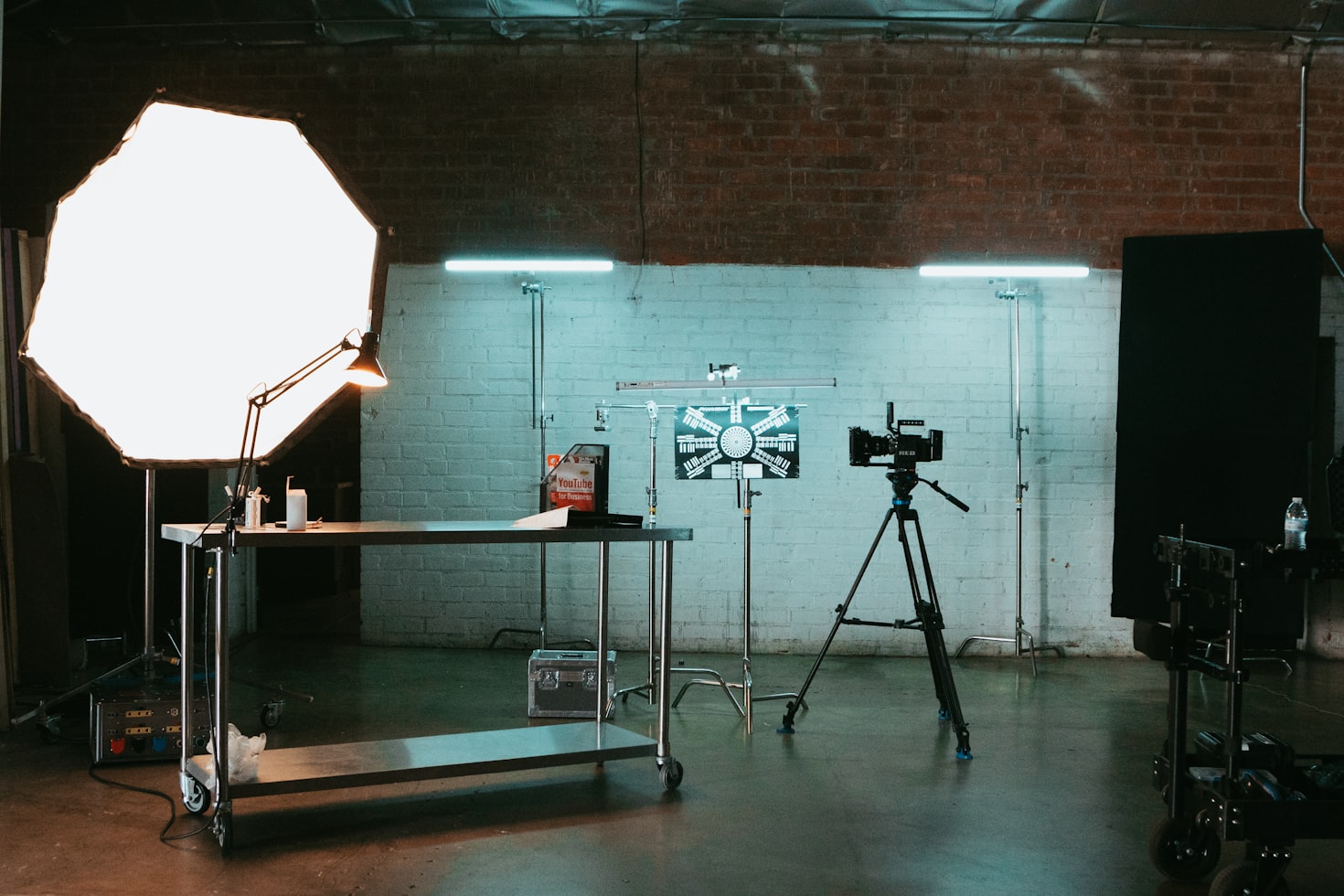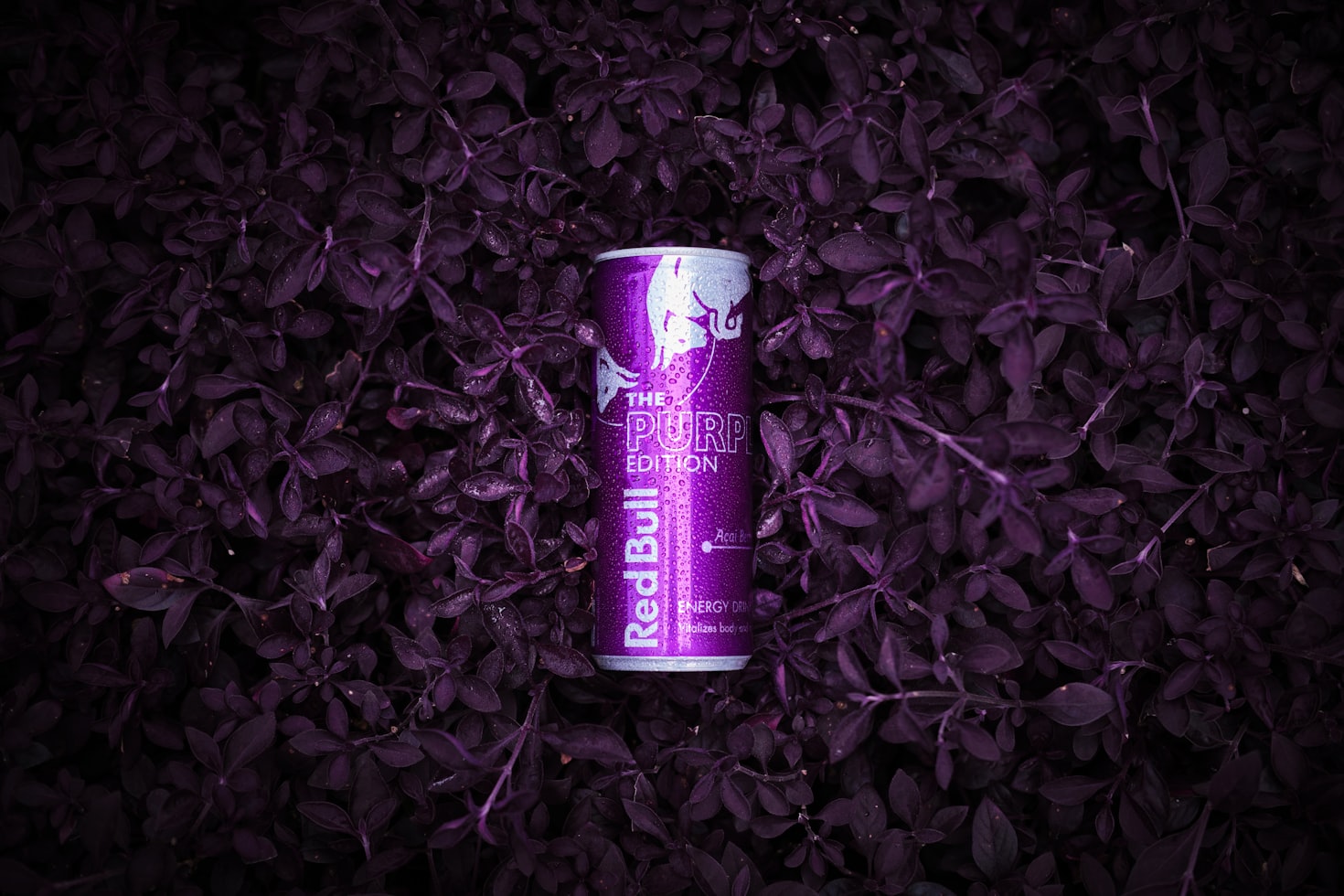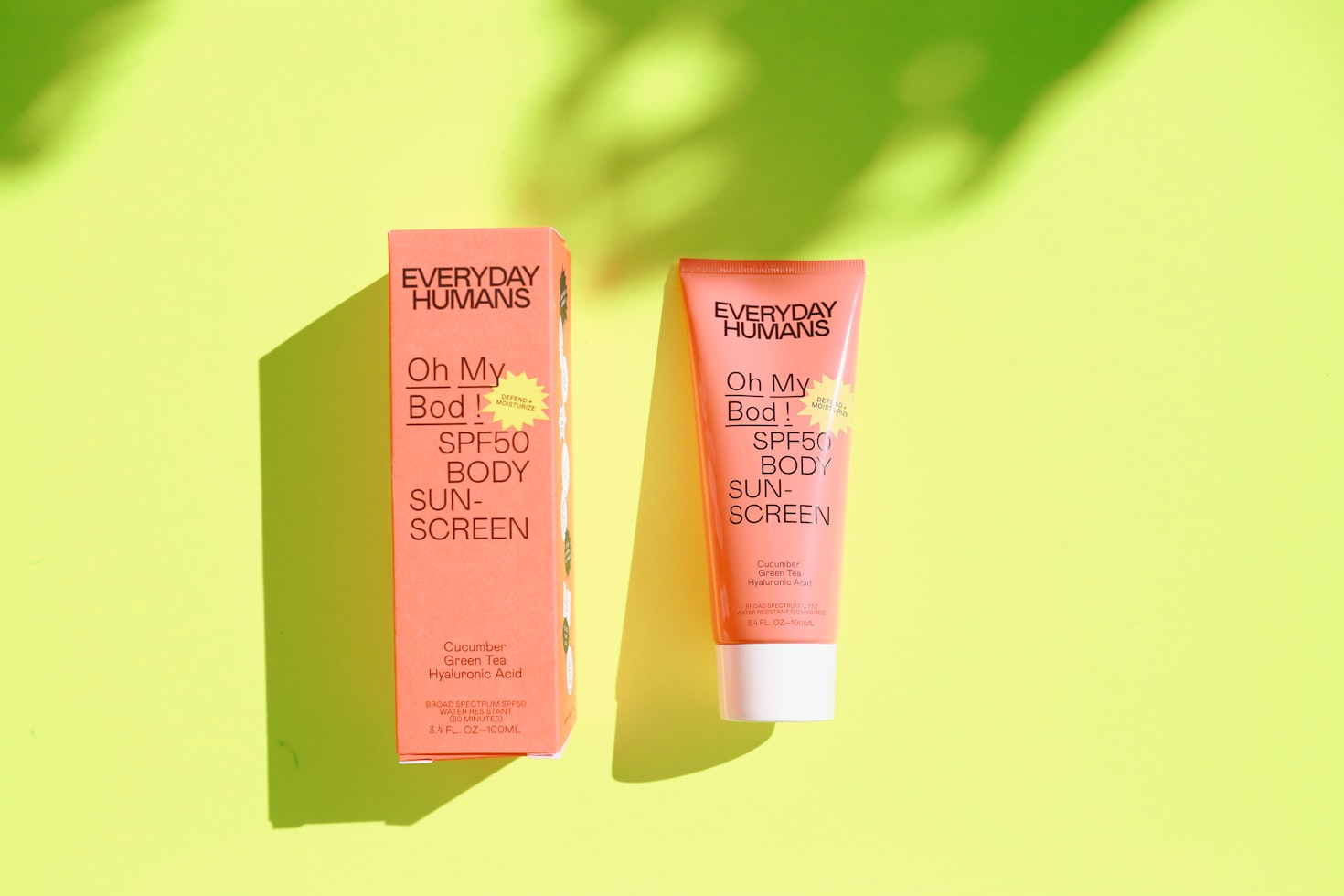Product photography is the backbone of e-commerce. High-quality product images establish trust in an online store, provide customers with clear depictions of items for sale, and heavily influence conversion rates.
Recent advancements in AI now allow for the automated enhancement of product photos through editing tools that adjust lighting, backgrounds, sharpness and more. However, the success of AI enhancement relies first on capturing clean, well-composed base good images.
This article covers tips ecommerce brands should follow when photographing products to drive sales before sending images for AI optimization.

The Impact of Product Photography on E-commerce Success
Statistics on Influence
Product photography leaves lasting first impressions on customers that make or break ecommerce success. Studies show 59% of shoppers won’t purchase items if images don’t meet expectations, while studio photoshoot increase conversions by 15% or more.
Establishing Value
Beautiful photography establishes value perceptions, builds product familiarity and triggers emotional responses that inspire purchases.
For example, jewelry appears more luxurious set against black backdrops under bright lighting rather than cluttered environments. Showcasing garments on models improves fit visualization versus flat product shots.
By influencing feelings customers assign to products, quality product photography ideas also boosts cross-selling potential.
Marketing Functions
Furthermore, product images serve critical marketing functions. Clean backgrounds and sharp details aid discovery on marketplaces like Amazon product photography and social channels. Consistent image styles reinforce branding across channels. Given these impacts, perfecting base product shots before AI enhancement is crucial.

Key Elements of Effective Product Photography for Base Photos
Lighting
Lighting makes or breaks product appeal. Photographers should use soft, diffuse lighting at 45 degree angles to avoid reflections and shadows. White backgrounds benefit from front and back lighting that cleanly separates products.
Angles
Angles play a huge role in highlighting product features customers care about. Apparel benefits from a mix of chest height flat lays, 30 degree angled captures and modeled shots. Detail images focus closely on attributes like watch dials or shoe soles. Devices and electronics favor slight 45 degree tilts to better display screens and charging ports.
Clean Compositions
Clean compositions enhance focus by minimizing distractions. Solid color backgrounds frame products elegantly and leave them easily extractable during AI enhancements. Keeping labels and logo placements accessible improves brand communication. Leading lines or simple geometric shapes strategically guide eyes to central products and details.
Sets, Props & Styling
When building lifestyle sets, props and styling choices directly impact purchase intent by sparking aspirational connections. A breakfast set might surround protein powder containers with berries, a blender and fitness equipment. Props should appear natural to product use cases and scene narratives to boost authenticity.
Advanced Techniques for Captivating Product Images

Product Color Selection
Naturally, product color selection plays a strong role in inspiring desire and signaling quality. Shift dresses and button-downs might display seasonal themes or key trends, while hero products strike signature brand shades.
Accenting displays with coordinating make-up or decorative elements creates color progression that draws eyes to featured items. Bright, intense color gradients uniquely establish appetizing visual hierarchies in still life arrangements.
Model Diversity
Displaying diverse models showcases different complexions and varied skin tones for improved inclusivity and purchasing confidence. Global direct-to-consumer brands regularly maintain galleries of 30+ model shots per product.
Consistency and Modularity
Image consistency and modularity reduces future content creation needs while improving discoverability and machine learning performance. Fixed perspectives, subject placement, focus planes and props let frames show alternate product colors, seasonal changes, etc. in predictable reusable locations. Modularity facilitates A/B testing image variants and flexibly intermixing modules with lifestyle themes.
Focus and Depth of Field
Focus and depth of field shape product prominence by blurring unimportant background regions. Wide apertures isolate covetable details through sharp selective focus falling gently away into softness. While shallow depths of field require manual focus modes, contrasting crisp and soft zones heightens desirability.
Integrating Product Photography with AI Enhancement

AI Capabilities
Following fundamental commercial photography principles as covered perfect pictures for AI-based refinements through platforms like Productscope. These automated editing tools excel at adjusting problematic lighting and color balance across batches. Boosting formerly dull ecommerce photography with tuning presets creates consistent, studio-grade results.
Background Removal and Replacement
Where product isolation was impractical during shoots, background removal and replacement tools extract subjects cleanly. Complex textures and intricate details challenge extraction algorithms, rewarding meticulous base photography. AI now enables swapping backgrounds without green screens. Dynamic effects like subtle gradient fills or clipping path shadows lend depth.
Image Retouching
Inpainting tools address cracks, stains or other small blemishes prohibitively difficult to spot on shoots. Content-aware healing seamlessly patches the unaffected surrounding texture into defects for natural corrections at scale. Sharpening filters refresh soft focus areas with enhanced details and contrast.
Balance with Photography Fundamentals
However, poorly composed, badly lit base shots strain algorithms past effectiveness. The cleanest extractions retain fine wispy hairs by separating flyaways from complex backgrounds. Strong shadows and occlusion require manual relighting. Thus, AI creates the most stunning final renders when enhancing good product photography setup rather than compensating for poor fundamentals. Finding the right balance while maximizing efficiency remains key.

Benefits of High-Quality Product Photography
Strengthening Brand Image
Conscientious product photography directly strengthens brand image. Premium styling cues signal quality and safety for unfamiliar customers, reducing purchase friction. Clean compositions and sharp details reinforce perceptions of value and durability compared to amateur images. Distinct yet consistent lighting and color handling promotes iconic visual recognition that boosts retention between campaigns.
Lowering Return Rates
Meticulously showcasing products also lowers return rates by providing comprehensive visual product research. Representing true-to-life colors, measurements, materials and decor helps set accurate expectations to prevent unwarranted surprises post-purchase. Reducing returns directly translates to higher customer satisfaction metrics that improve loyalty and retention.
Increasing Order Value
Additionally, compelling photography boosts average order value by inspiring emotional connections that motivate add-on purchases and cross-sells. Curating aspirational lifestyle themes sparks desire and ideas for complementary items customers overlooked initially. Directionally lit jewelry against velvet backdrops seems tailor-made for Valentine’s gifts alongside flowers and chocolate. Displaying travel bags beside airline tickets or hotel brochures pushes convenient one-stop vacation shopping.
Amplification Through AI
Seamless AI software integrations further amplify these benefits. Automating imagery at scale creates and tests countless high-converting variants personalized to diverse customer segments by interests and behaviors.
Split-run testing title frames, alternate angles, animations, videos, and custom model galleries provides data to optimize conversions. Dynamic banners with automated product feeds keep advertising fresh and responsive. Third-party analytics measure real performance gains from improved photography and AI-enhancements.
The compounding benefits ultimately lower customer acquisition costs and maximize lifetime value. So, perfecting product photography greatly complements overall ecommerce promotions for substantial ROI.
Expanding Your Skills: Beyond Ecommerce Photography
Transferable Principles
While this guide focused specifically on core product photography, many principles covered transfer directly to other ecommerce media assets, niches and applications. Detail shots highlighting features, consistency across sets, effective lighting angles and clean compositions universally enhance subject appeal and professionalism regardless of industry.
Technical Growth
Expanding technical skills and creative perspective through experimenting with studio gear produces huge gains. Learning manual exposure settings provides precise control over challenging mixed lighting situations beyond phones. Shaping scenes through flags, modifiers and grids trains discerning eyes for refinement. Building physical prop inventories facilitates efficiently staging authentic narrative environments that resonate emotionally with shoppers across sessions.
Staying Atop Advancements
Staying atop advancements in computational photography, smartphone multi-lens arrays and editing algorithms ensures maximizing cutting-edge mobile quality for lower product costs. Continued learning empowers creating captivating photography that performs commercially across channels.
Conclusion
Meticulous product photography represents the critical foundation for ecommerce success. Consider lighting, angles, composition, color and styling not just as creative endeavors, but strategic elements directly tied to metrics from branding to conversions. AI cannot fully compensate for photographic fundamentals – while wonderful at enhancing and scaling, good pictures determine output potential. Experiment, learn techniques, build inventories and integrate editing tools for substantial commercial gains. Compelling photography sells, so consciously perfecting every aspect of shots pays dividends customers recognize.
Elevate your Amazon product photography with ProductScope’s AI Photoshoot! Imagine your product anywhere – a sunlit breakfast table, a cozy nook, or even a mountain summit. Our AI Photoshoot feature brings your vision to life in stunning, tip picture, at a fraction of the cost of professional shoots. Unleash your creativity and watch your sales soar with ProductScope!
Sign Up for ProductScope AI Today!
FAQs
What is the Best Lighting for Ecommerce Product Photography?
Optimal lighting for product photography involves a balance of exposure, using clean, uniform lighting, and proper white balance to ensure true-to-life colors. Natural light or studio light can be used, depending on the available resources.
How Important is the Background in Product Photography?
The background in product photography significantly impacts the overall impression of the product. It should complement the product and can range from clean, mono-color backgrounds for online stores to more thematic backgrounds for lifestyle marketing.
Can AI Enhancements Replace Professional Product Photography?
AI enhancements are tools to improve product photography, not replace it. They can enhance details, adjust lighting, and change backgrounds, but the base photo’s quality remains crucial for the best results.
What are Some Common Mistakes in Ecommerce Product Photography?
Common mistakes include poor lighting, distracting backgrounds, inconsistent angles, and not showcasing the product effectively. Avoiding these mistakes is key to creating compelling product images.
How Can I Make My Product Photos Stand Out in Ecommerce?
To make product photos stand out, focus on high-quality lighting, clear and complementary backgrounds, consistent styling, and showcasing the product’s best features. AI enhancements can further refine these elements.

